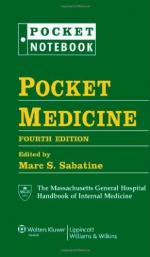|
This section contains 2,049 words (approx. 7 pages at 300 words per page) |

|
Overview
In 1896 Antoine Henri Becquerel (1852-1908), a professor at the Ecole Polytechnique in Paris, France, discovered radioactivity in uranium when he was investigating fluorescent crystals for x rays. He shared the Nobel Prize for physics in 1903 with Marie and Pierre Curie (1867-1934 and 1859-1906, respectively). It was mathematician Henri Poincaré (1854-1912) who told Becquerel that the x rays were emitted from a fluorescent spot on the glass cathodetube used by Wilhelm Röntgen (1845-1923) when he first detected x rays in 1895. The era of artificial radioactivity—in which humans make more radioactivity than is naturally existing in the Earth and its atmosphere—had begun in earnest by the start of the twentieth century. But despite the fact that radioactivity devices such as the early "fluoroscope" x-ray machines developed by Thomas Edison (1847-1931) were becoming...
|
This section contains 2,049 words (approx. 7 pages at 300 words per page) |

|


